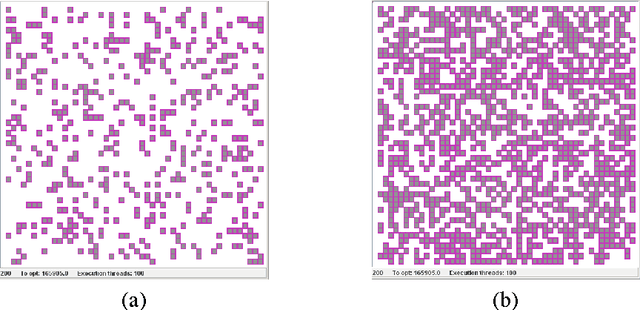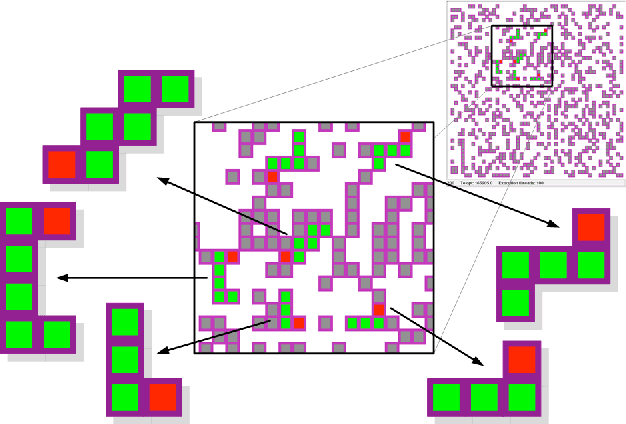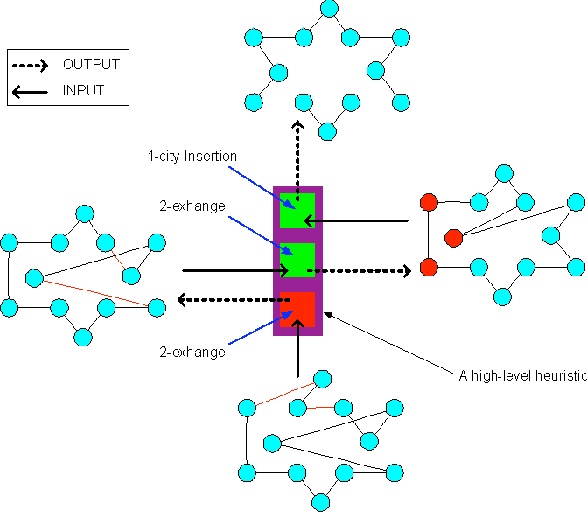Dario Landa-Silva
University of Nottingham
Forecasting Solar Irradiance without Direct Observation: An Empirical Analysis
Mar 10, 2023Abstract:As the use of solar power increases, having accurate and timely forecasters will be essential for smooth grid operators. There are many proposed methods for forecasting solar irradiance / solar power production. However, many of these methods formulate the problem as a time-series, relying on near real-time access to observations at the location of interest to generate forecasts. This requires both access to a real-time stream of data and enough historical observations for these methods to be deployed. In this paper, we conduct a thorough analysis of effective ways to formulate the forecasting problem comparing classical machine learning approaches to state-of-the-art deep learning. Using data from 20 locations distributed throughout the UK and commercially available weather data, we show that it is possible to build systems that do not require access to this data. Leveraging weather observations and measurements from other locations we show it is possible to create models capable of accurately forecasting solar irradiance at new locations. We utilise compare both satellite and ground observations (e.g. temperature, pressure) of weather data. This could facilitate use planning and optimisation for both newly deployed solar farms and domestic installations from the moment they come online. Additionally, we show that training a single global model for multiple locations can produce a more robust model with more consistent and accurate results across locations.
Fuzzy C-means-based scenario bundling for stochastic service network design
Nov 16, 2020


Abstract:Stochastic service network designs with uncertain demand represented by a set of scenarios can be modelled as a large-scale two-stage stochastic mixed-integer program (SMIP). The progressive hedging algorithm (PHA) is a decomposition method for solving the resulting SMIP. The computational performance of the PHA can be greatly enhanced by decomposing according to scenario bundles instead of individual scenarios. At the heart of bundle-based decomposition is the method for grouping the scenarios into bundles. In this paper, we present a fuzzy c-means-based scenario bundling method to address this problem. Rather than full membership of a bundle, which is typically the case in existing scenario bundling strategies such as k-means, a scenario has partial membership in each of the bundles and can be assigned to more than one bundle in our method.
Towards the Design of Heuristics by Means of Self-Assembly
Jun 09, 2010



Abstract:The current investigations on hyper-heuristics design have sprung up in two different flavours: heuristics that choose heuristics and heuristics that generate heuristics. In the latter, the goal is to develop a problem-domain independent strategy to automatically generate a good performing heuristic for the problem at hand. This can be done, for example, by automatically selecting and combining different low-level heuristics into a problem specific and effective strategy. Hyper-heuristics raise the level of generality on automated problem solving by attempting to select and/or generate tailored heuristics for the problem at hand. Some approaches like genetic programming have been proposed for this. In this paper, we explore an elegant nature-inspired alternative based on self-assembly construction processes, in which structures emerge out of local interactions between autonomous components. This idea arises from previous works in which computational models of self-assembly were subject to evolutionary design in order to perform the automatic construction of user-defined structures. Then, the aim of this paper is to present a novel methodology for the automated design of heuristics by means of self-assembly.
 Add to Chrome
Add to Chrome Add to Firefox
Add to Firefox Add to Edge
Add to Edge